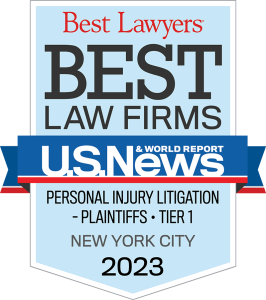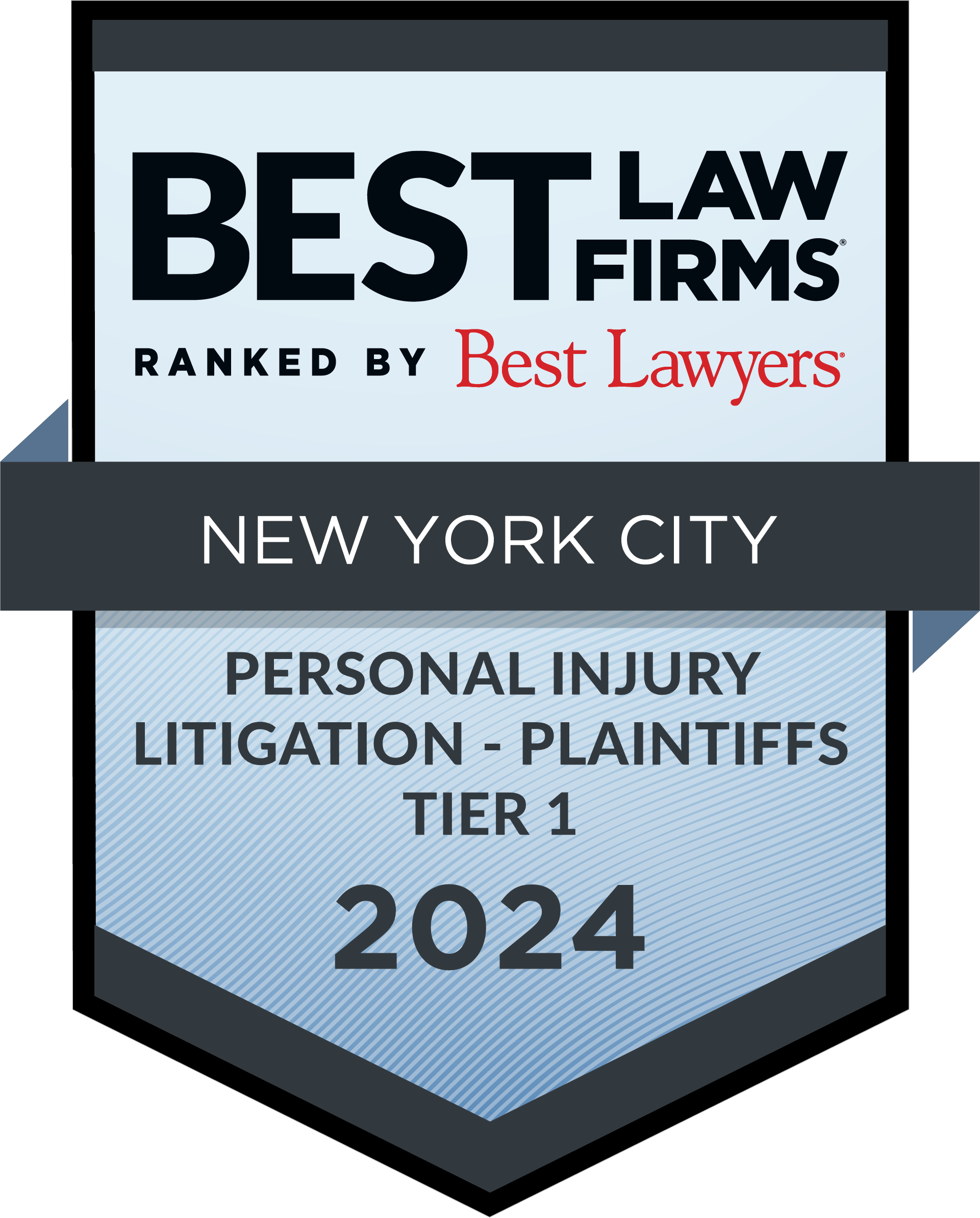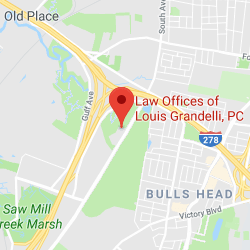
The concept of non-delegable duty is a cornerstone of New York’s construction safety laws, particularly when it comes to scaffold-related accidents. This legal principle plays a crucial role in protecting workers and determining liability in construction site injuries. As scaffold accidents continue to be a significant concern in New York City’s bustling construction industry, understanding the implications of non-delegable duty is essential for workers, contractors, and property owners alike.
In this comprehensive guide, we’ll delve into the intricacies of non-delegable duty and its application under New York’s Scaffold Law. We’ll explore how this principle affects liability in scaffold injuries, the role of scaffold accident lawyers in NYC, and the potential impact on construction accident settlements. Whether you’re a construction professional, a property owner, or someone who has been injured in a scaffold-related incident, this information will provide valuable insights into your rights and responsibilities under the law.
What is Non-Delegable Duty?
Non-delegable duty is a legal concept that plays a crucial role in construction law, particularly in New York’s Scaffold Law cases. It refers to a responsibility that cannot be transferred or assigned to another party, even if the work is subcontracted. It is an obligation that remains with the party originally responsible, regardless of who actually performs the work. In the context of construction law, this means that property owners and general contractors retain ultimate responsibility for worker safety, even if they hire subcontractors to perform specific tasks.
Importance in construction law:
The concept of non-delegable duty is particularly significant in construction law because it:
- Ensures accountability: It prevents owners and contractors from avoiding liability by delegating dangerous work to others.
- Enhances worker protection: By placing the onus on those with the most control and resources, it encourages better safety practices.
- Simplifies legal proceedings: Injured workers can seek compensation from property owners or general contractors, who often have more substantial insurance coverage than subcontractors.
A scaffold accident lawyer NYC would emphasize the importance of non-delegable duty when pursuing a construction accident settlement for their client.
New York’s Scaffold Law (Labor Law § 240)
New York’s Scaffold Law, officially known as Labor Law § 240, is a cornerstone of construction safety legislation in the state. It directly incorporates the principle of non-delegable duty to protect workers from scaffold injuries and other elevation-related risks.
Labor Law § 240, enacted in 1885 and significantly amended in 1969, imposes absolute liability on property owners and contractors for gravity-related injuries occurring on construction sites. This means that if a worker is injured due to a fall from a height or by a falling object, the property owner or contractor can be held liable regardless of the worker’s own negligence.
The primary purpose of the Scaffold Law is to provide maximum protection for workers engaged in dangerous elevation-related work.
It achieves this by:
- Mandating proper safety equipment: Owners and contractors must provide and maintain appropriate safety devices such as scaffolds, hoists, stays, ladders, slings, hangers, blocks, pulleys, braces, irons, and ropes.
- Imposing strict liability: Unlike typical personal injury cases, workers don’t need to prove negligence to recover damages under this law.
- Covering a wide range of scenarios: The law protects against both falls from heights and injuries caused by falling objects.
- Encouraging proactive safety measures: By placing the burden on owners and contractors, the law incentivizes thorough safety protocols and oversight.
A personal injury protection lawyer would advise that the Scaffold Law’s non-delegable duty provision often leads to more substantial construction accident settlements for injured workers, as it broadens the pool of potentially liable parties.
Non-Delegable Duty in Scaffold Law Cases
The concept of non-delegable duty plays a crucial role in scaffold law cases, particularly in New York’s construction industry. This legal principle has significant implications for both property owners and contractors involved in construction projects.
How it applies to owners and contractors:
Non-delegable duty in scaffold law cases means that property owners and general contractors cannot transfer their responsibility for worker safety to subcontractors or other parties. Even if they hire independent contractors to perform the work, owners and general contractors remain ultimately responsible for ensuring proper safety measures are in place to prevent scaffolding accidents.
Legal implications:
The non-delegable duty imposed by New York’s Scaffold Law (Labor Law § 240) creates a strict liability standard for owners and contractors. This means that if a worker is injured in a height-related accident due to inadequate safety measures, the owner or contractor can be held liable regardless of whether they directly supervised the work. This legal framework significantly enhances construction safety by incentivizing thorough safety protocols and oversight.
Common Scaffold Injuries
Scaffolding accidents can result in severe injuries, often due to the elevated nature of the work involved.
Types of accidents covered:
Common types of scaffolding accidents include falls from heights, collapses of scaffolding structures, and injuries caused by falling objects. These accidents can lead to a range of serious injuries, including traumatic brain injuries, spinal cord damage, fractures, and internal organ injuries.
According to the Bureau of Labor Statistics, scaffold-related accidents account for a significant portion of construction injuries. Approximately 4,500 injuries and 60 fatalities occur each year due to scaffolding accidents. These statistics underscore the importance of strict adherence to safety regulations and the non-delegable duty principle in preventing such incidents.
Liability in Scaffold Accidents
Understanding who can be held responsible in scaffold accidents is crucial for injured workers seeking compensation.
Who can be held responsible:
Due to the non-delegable duty principle, property owners and general contractors are primarily liable for scaffold accidents. However, other parties may also share responsibility, including:
- Subcontractors responsible for erecting or maintaining scaffolding
- Manufacturers of defective scaffolding equipment
- Architects or engineers who designed unsafe scaffolding systems
The non-delegable duty principle ensures that even if a subcontractor’s negligence directly caused the accident, the injured worker can still pursue a claim against the property owner or general contractor. This broadens the scope of potential compensation for injured workers and encourages a top-down approach to construction safety.
Construction Accident Settlements
Construction accident settlements, particularly those involving scaffold injuries, can be substantial due to the severe nature of these accidents and the strict liability imposed by the Scaffold Law.
Factors affecting settlements:
Several factors can influence the size of construction accident settlements, including:
- The severity and long-term impact of the injuries
- The extent of the safety violations
- The injured worker’s age and earning capacity
- The strength of evidence proving liability
- The insurance coverage limits of the responsible parties
Recent case examples:
While specific settlement amounts can vary widely, some recent scaffold accident cases have resulted in significant compensation for injured workers. For instance:
- A $12.7 million settlement was reached for seven workers injured in a scaffold collapse during the construction of the Kimmel Center.
- An $8.5 million settlement was secured for a worker who suffered a brain injury and spastic paraplegia from a scaffold accident.
- A $5.5 million settlement was obtained for a construction worker injured in a 40-foot fall from a tipped-over scaffold.
These examples highlight the potential for substantial compensation in scaffold accident cases, underscoring the importance of the non-delegable duty principle in protecting workers’ rights and ensuring construction safety.
How a Scaffold Accident Lawyer Can Help
When dealing with scaffold accidents and the complexities of non-delegable duty, having a skilled scaffold accident lawyer NYC on your side can make a significant difference in the outcome of your case.
A scaffolding accident law firm specializes in navigating the intricacies of New York’s Scaffold Law and the concept of non-delegable duty. They can:
- Interpret complex legal statutes and case law
- Identify all potentially liable parties
- Gather and preserve crucial evidence
- Assess the full extent of damages, including long-term impacts
Scaffold accidents often involve multiple parties and intricate legal principles. A construction accident lawyer can:
- Handle communications with insurance companies and opposing counsel
- Negotiate for fair workplace accident settlements
- Prepare and file necessary legal documents
- Represent your interests in court if a settlement cannot be reached
An experienced lawyer can provide non-delegable duty examples from previous cases, demonstrating how this principle has been applied to secure favorable outcomes for injured workers.
Conclusion
The concept of non-delegable duty under New York’s Scaffold Law provides crucial protection for construction workers engaged in dangerous elevation-related work. This legal principle ensures that property owners and general contractors remain ultimately responsible for worker safety, even when tasks are delegated to subcontractors.
Understanding the implications of non-delegable duty is essential for all parties involved in construction projects, from workers to property owners. It underscores the importance of maintaining strict safety standards and can significantly impact the outcome of legal claims following scaffold accidents.
Contact Grandelli & Eskenasi for Legal Assistance
If you or a loved one has been injured in a scaffold accident, don’t navigate the complex legal landscape alone. The experienced team at Grandelli Law is here to help. Our scaffold accident lawyers have a profound understanding of New York’s Scaffold Law and a proven track record of securing favorable outcomes for our clients. Contact us today for a free consultation and let us fight for the compensation you deserve.
FAQs About Non-Delegable Duty and Scaffold Law
- What is a non-delegable duty in the context of scaffold law?
- A non-delegable duty is a responsibility that property owners and general contractors cannot transfer to other parties, even if they hire subcontractors to perform the work.
- Who can be held liable under New York’s Scaffold Law?
- Property owners and general contractors can be held liable for scaffold accidents, regardless of whether they directly supervised the work.
- Can a worker still claim compensation if they were partially at fault for the accident?
- Yes, under the Scaffold Law, comparative negligence does not apply, meaning workers can still recover damages even if they were partially at fault.
- How long do I have to file a claim after a scaffold accident?
- In New York, the statute of limitations for personal injury claims is generally three years from the date of the accident. However, it’s best to consult a lawyer as soon as possible.
- What damages can be recovered in a scaffold accident case?
- Damages may include medical expenses, lost wages, pain and suffering, and in some cases, punitive damages.




















